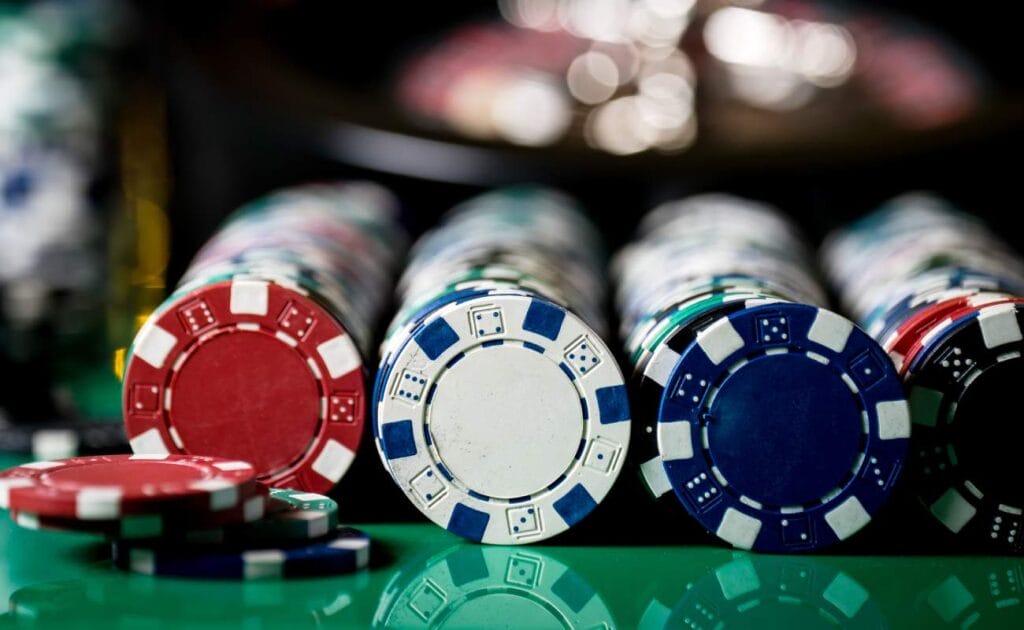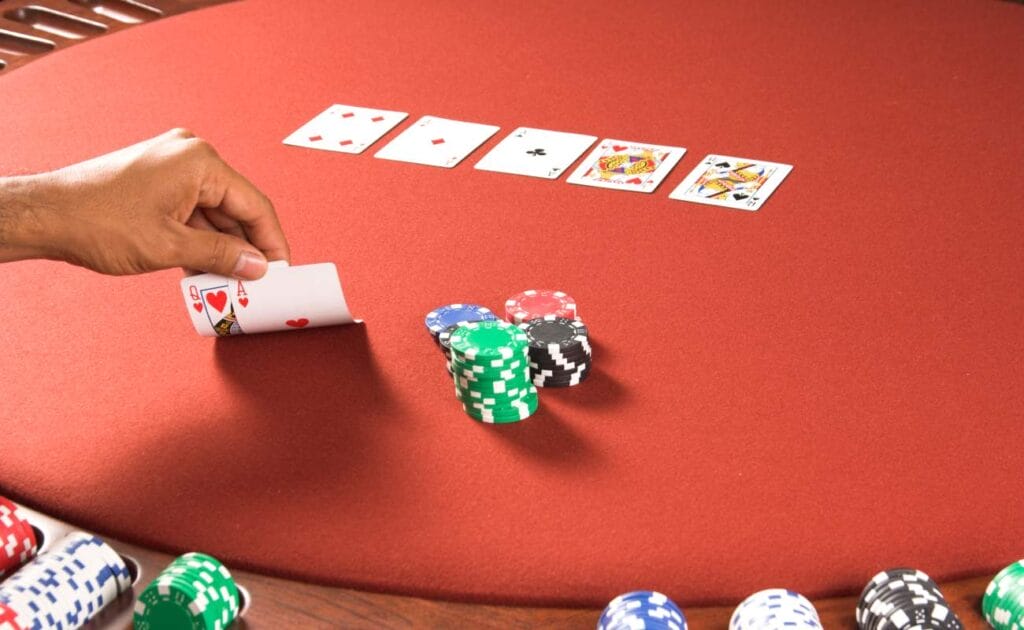
Poker players love pocket pairs, but a pair on the board can open up a whole world of risk and potential pain that takes strong nerves to navigate. Anyone at the table can potentially be holding a set with a paired flop, turn, or river, so it’s time to look sharp, represent the appropriate hand strength, and make the right call. Delve into the opportunities that a paired board presents when you’re playing live or online poker.
The Frequency of Paired Flops
A paired board is simply when there’s a pair of cards on the board. You’ll encounter this texture fairly frequently on the flop, turn, or river. In fact, you can expect a paired flop approximately 17% of the time in a heads up poker game. If it doesn’t happen on the flop, the turn card pairs the board around 19% of the time, and the river card pairs the board around 26% of the time. These figures demonstrate how important it is to have a strategy in place for when the board pairs.
Player Styles

The first thing to consider is your opponent’s style. There are generally two types of players when it comes to paired boards: Cautious or chaotic. The majority of players are risk averse on the whole, and paired boards are scary to them. Unless they have a monster hand themselves, they’ll be afraid of what their opponents are holding (trips being the most obvious horror) and play accordingly. This is good news for your fold equity because you can be much more aggressive towards these players, knowing that they’re likely to fold and surrender the pot without putting up much of a fight. Be sure to incorporate this approach into your tournament strategy, as it can help increase your stack size rapidly.
The opposite of your cautious player is the type who sees a paired board in a poker game as an invitation to sow chaos. If they see you’re looking nervous or uncomfortable, they’ll pile on the pressure with loose, aggressive play and frequently bluff. It’s the kind of style you want to aspire to, but achieving it takes a certain amount of skill.
Two-Way Pots
The theory of paired boards is at its clearest when you’re heads up after the flop. The most important determining factor here is whether you’re in position or defending.
With some paired boards, c-bets are the way to go if you’re in position as the preflop aggressor. These are boards with broadway pairs (aces, kings, queens, jacks, and 10s). The reason is that raising preflop puts you on a range with more powerful broadway hands than the out-of-position (OOP) player, who otherwise should be 3-betting your preflop raise. With this strong range advantage, also known as the nut advantage, it’s a good poker tip to c-bet your entire range.
When the board shows a middling or lower pair (9s, 8s, 7s, 6s, and 5s), the in-position preflop raiser loses the nut advantage. Their range will now include hands such as king-jack, king-queen, and ace-rag (from 9 down to 5). These are hands that have some showdown value but don’t offer much value. Worse, they invite the defender to check-raise with extreme prejudice. As a result, it’s usually correct to check back with these hands when you’re in position.
As the defender, the most powerful strategy with a paired board is to check-raise aggressively against the preflop raiser. The lower the pair on the board, the greater your nut advantage will be, giving you all the more reason to check-raise — especially if you have a bigger stack size.
Multiway Pots
Multiway pots are tricky to analyze because there are so many variables at play. This is because the more opponents are competing for a pot, the more likely it becomes that one of them has very strong holdings. As a result, your value range and your bluffing range should both be very tight. When it comes to paired flops, this means that the best approach is to just check with your whole range.
When the Turn or River Pairs the Board

So, what if the turn or river card pairs a previously unpaired board? The problem overall is that it tends to make your opponents not believe your bets. Say the flop is queen-7-4, and a queen comes on the turn. With the top card paired, it’s more difficult for you to represent the nuts. If a lower card pairs instead (if the turn comes 4, in this example), your story still won’t ring true. If you were the preflop aggressor, your starting range shouldn’t have marginal cards, so it’s a hard sell to convince your opponent that you’ve mined a set on queen-7-4-queen. The same goes if the river pairs. The upshot here is that your opponent isn’t likely to fold if you barrel when the turn or river pairs the board. Instead, it’s time to value bet or get very creative with bluffing.
Play Top-Rated Poker Games at Borgata Online
Looking to up your poker game? Get all the practice you need to make progress when you register to play poker online. Join in cash games and poker tournaments as you explore Omaha, Stud, and Texas Hold’em online. Whether you’re a beginner player or a budding pro, you’ll find games to suit your budget and skills. Get your game on at Borgata Online.
